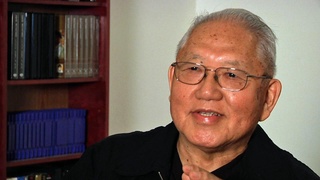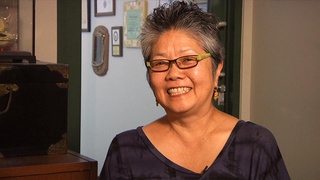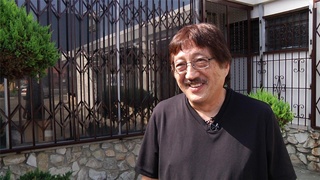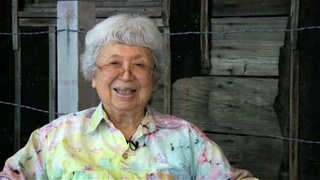Interviews
Dancing in Japan as an American, in the US as Japanese
I had to go to school early in the morning just like to school and I have to learn shamisen, tsuzumi, and dancing and acting and make-up. We have to learn everything there. Then I got the flower arrangement and…I got all the diplomas. I brought back all the diplomas with me. But…well when I was learning, if they don’t like me, they always tell me, “Go back to America.” And then when we were on the stage, and we were in a group, if somebody makes a mistake, they call, “Hey, Amerika-san, Amerika-san!” “You come forward!” “Maeni kinasai, Maeni kinasai.” And that’s not me. It’s somebody else. But every time when something goes wrong, it’s “Amerika-san.” So my name was “Amerika-san.” So when I was in Japan, I was American. Could you imagine that? And so the girl that always make a mistake, she goes like this, “Thank you. Thank you.” They all love me because I take their blame and I don’t say it was her. So I went along fine in Japan.
I*: Even though you say “fine in Japan,” that must be inside very hard.
Yes. It was very hard. But you have to know how to get along. And then when I got the title Fujima Kansuma, I became a oshisho-san. That means oshisho-san. So when I came back to America, I was oshisho-san, so I’m Japanese. So I’m a Japanese here in America, but in Japan, I was “Amerika-san”. So you call me Japanese American.
*"I" indicates an interviewer (Nancy Araki).
Date: November 30, 2004
Location: California, US
Interviewer: Nancy Araki and John Esaki
Contributed by: Watase Media Arts Center, Japanese American National Museum
Explore More Videos















Postwar school-life
(b. 1930) Half Japanese and grew up in both Japan and the United States.
